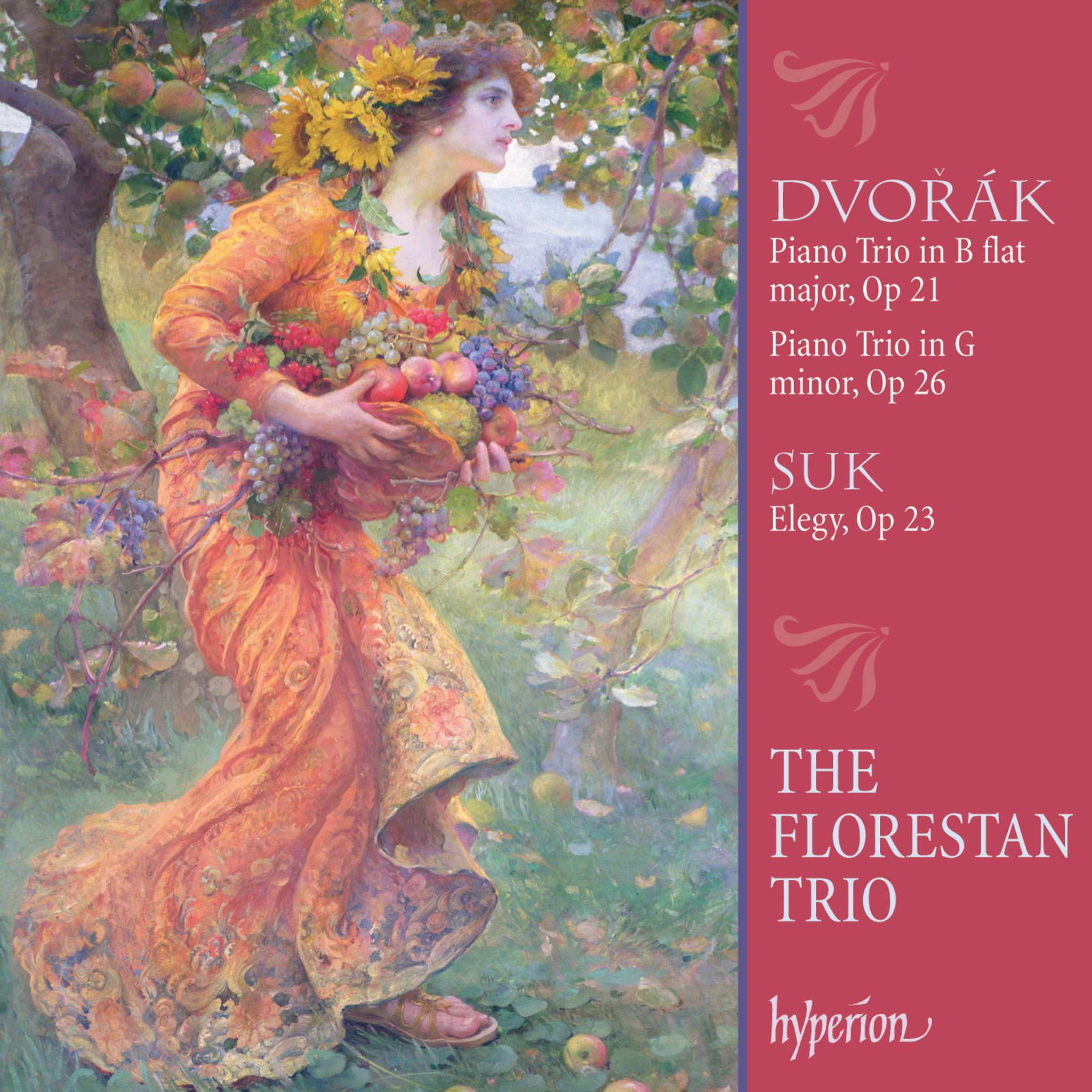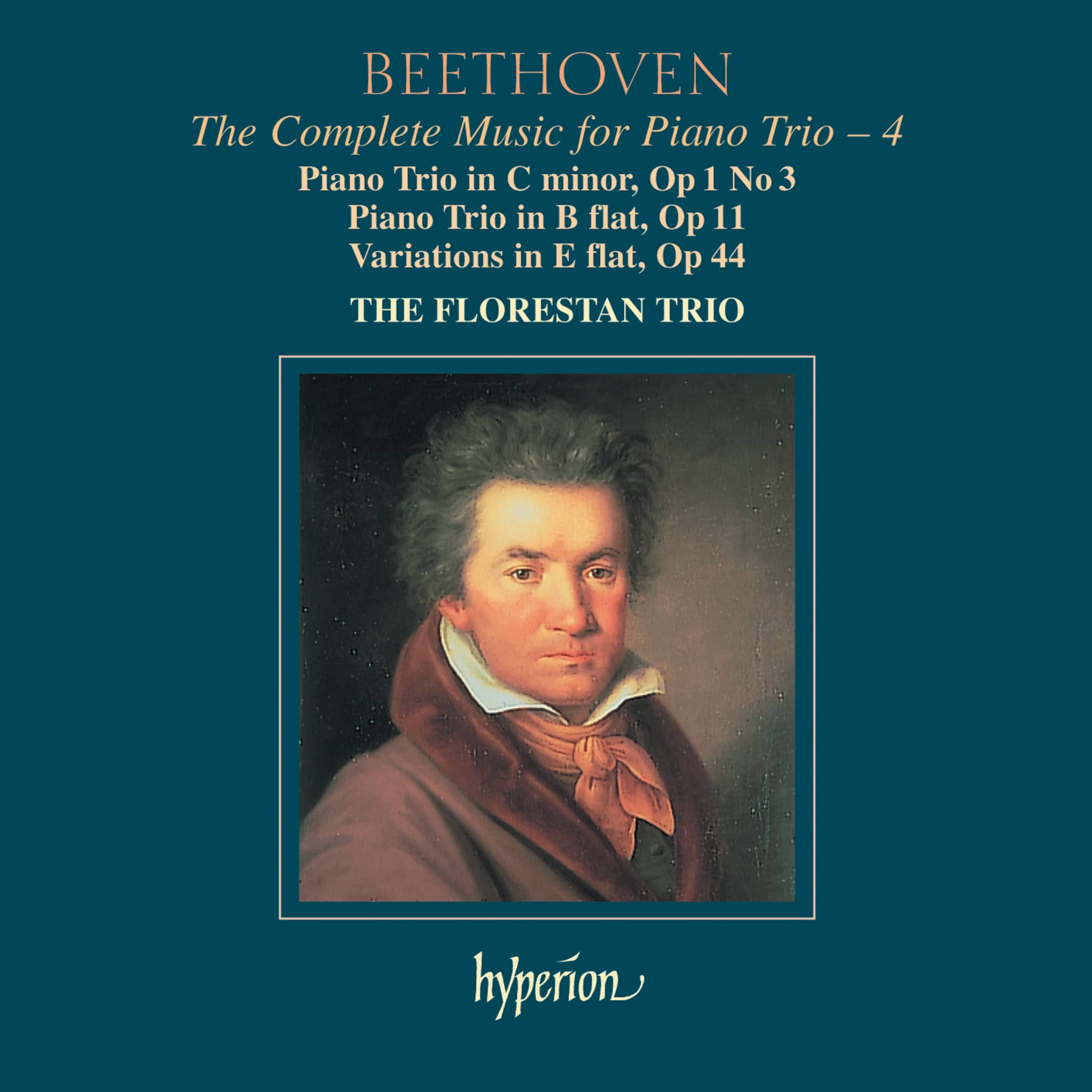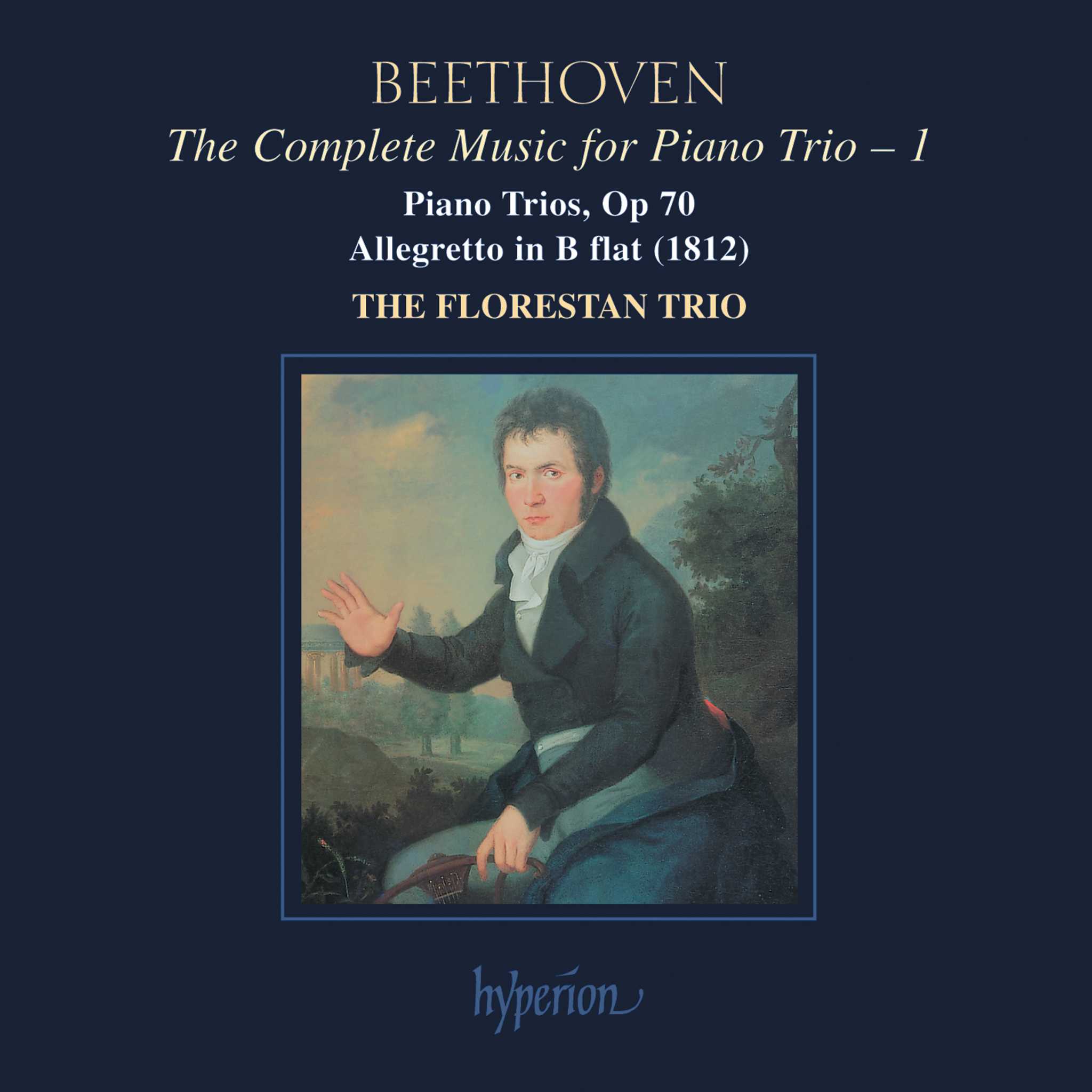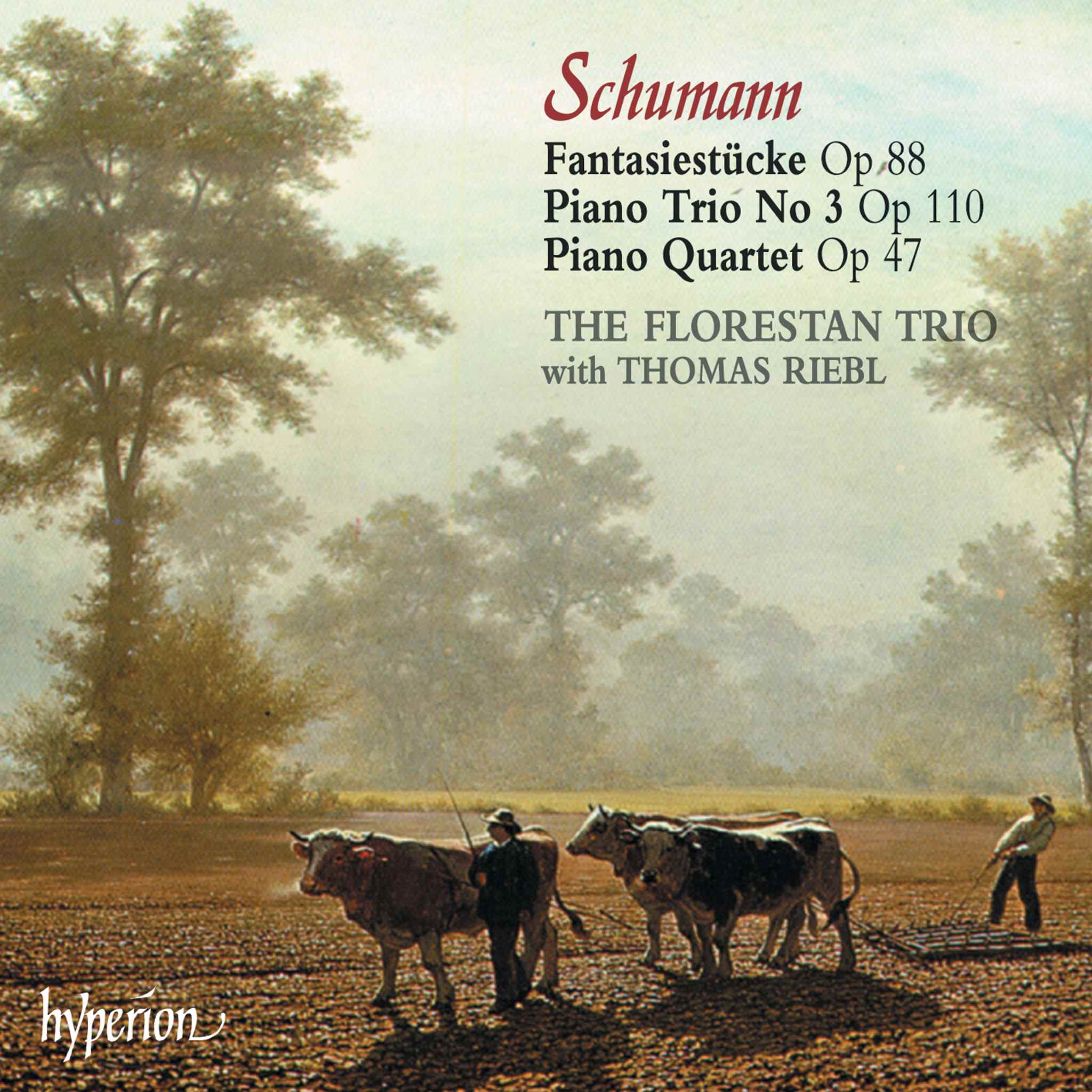Album insights
In medieval lore, St. James the Greater occupied a significant role, revered as an apostle of Christ, brother of John the Evangelist, and ward of the Virgin Mary. According to Dufay's motet text Rite majorem, he witnessed Jesus's transfiguration and agony in the Garden of Gethsemane. St. James was the first bishop of Jerusalem and the initial apostle to die for his faith, martyred by Herod Agrippa. Moreover, he was revered as the patron saint of pilgrims in the Middle Ages. His resting place in Santiago de Compostela, Spain, was considered a sacred site ranking alongside Jerusalem and Rome.
The connection of St. James to Spain arose centuries after his death, possibly in the ninth century, through enduring legends of miraculous voyages involving his remains. One legend tells of his body arriving on the Spanish coast by ship, while a more elaborate tale narrates how his body traveled in a marble vessel from Jerusalem to Spain, covered in scallop shells—the traditional symbol of St. James. These legends, along with his association with Charlemagne, elevated St. James's shrine to a prominent pilgrimage destination.
The esteem surrounding St. James's shrine grew due to its pivotal political and religious significance, symbolizing defense against the Moors. Worship for St. James peaked in the 12th century, evident in the Codex Calixtinus. Dufay's Mass for St. James, composed amidst longstanding reverence, possibly found inspiration from Bishop Pietro Emiliani in Vicenza. Another theory suggests connections to St. Jacques de la Boucherie in Paris, highlighting diverse interpretations regarding the mass's origin and purpose.
Dufay's Mass showcased varied stylistic layers, reflecting ingenious musical techniques enveloped within a poignant spiritual journey encapsulated in sublime melodies. The motet "Rite majorem" structurally conveys a deeply captivating essence, contrasting with the vibrant and public nature of "Balsamus et munda cera." The Gloria/Credo unity employs popular French and Italian folklore phrases, adding a lighthearted yet distinct aspect to the composition.
In the final track, "Apostolo glorioso," St. James meets St. Andrew in a vibrant motet believed to commemorate the rededication of St. Andrew's Church in 1426. The exuberant composition in Dufay's signature style embodies a five-voice structure, celebrating the apostles with exhilarating rhythms and soaring tessitura. This glorious piece serves as a reverent ode to the revered saint.
Andrew Kirkman's comprehensive analysis sheds light on these musical masterpieces, emphasizing Dufay's genius and the profound impact of his compositions.







